



Pros
- Gorgeous aesthetics
- Endearing characters
- Interesting story
- Creative dungeons
Cons
- Dodge and block options limited
- Basic farming and crafting
- Slow burning at the start
- Dialogue not impactful
Harvestella was marketed as a life sim RPG, but this dramatically underplays its focus on combat and exploration. Though lifestyle and farm sim elements are included, they take a back seat to an otherwise classic adventure JPRG.
Table Of Contents
Harvestella’s Tragic Demo

Perhaps the most important factor to address when assessing the quality of Harvestella is its misleading demo. At this point, the demo is likely hurting Square Enix much more than it’s helping. The demo manages to create the worst possible circumstances—a painfully slow-moving game with a time restraint where days fly by so fast that you’re left feeling like you can’t accomplish anything.
On top of this, the combat in the demo is portrayed as horrendously one-dimensional. You start with one job, and you cannot block or dodge attacks. To top it all off, the farm sim elements do not shine here either, since in the demo, you have one small block of land that you can’t really afford to grow much on.
Had the final product been like the demo, this would be a very different review.
Gameplay That Gets Better as You Go
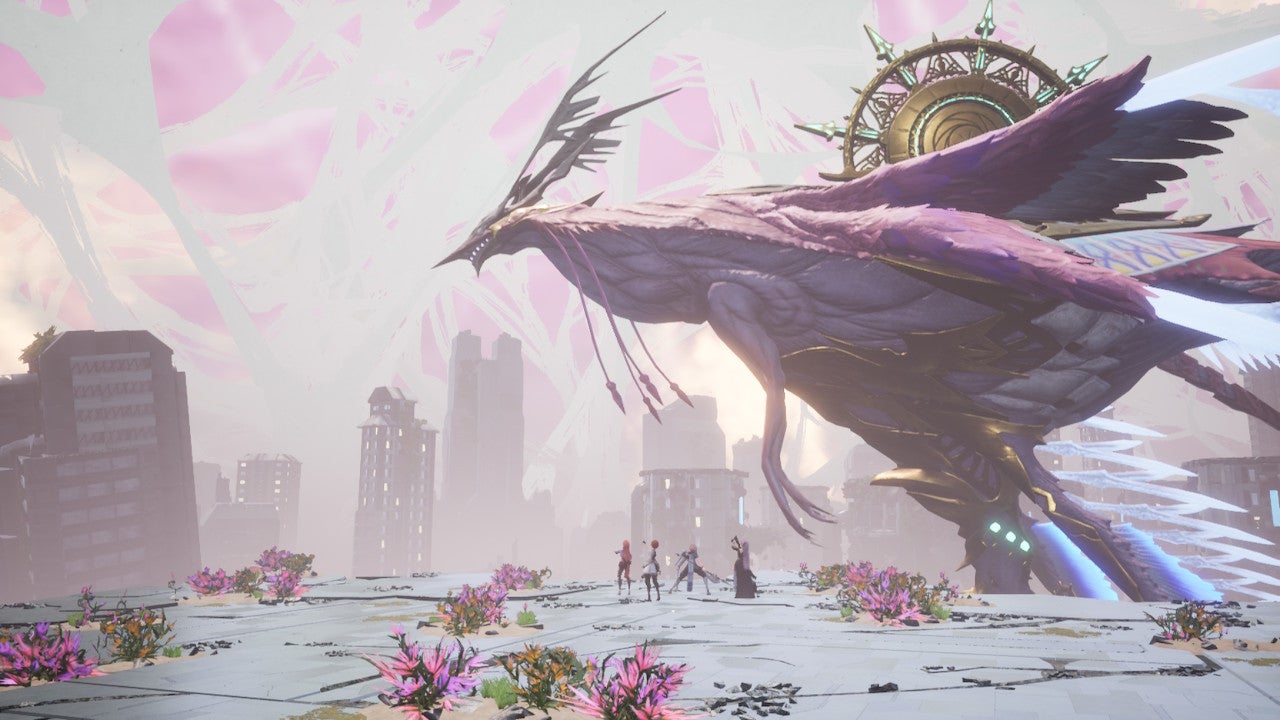
Luckily, essentially every feature from the demo has been improved upon in the final game. Some of it was improved by Square Enix making updates based on feedback from the demo. These updates include much longer in-game days, faster cool-down times for switching jobs, and a warning when your character is low on HP.
Otherwise, what Harvestella really requires to shine is more time. Around chapter three is where the game really starts to pick up, both in gameplay and story. If you’re able to get past the very slow beginning, Harvestella has plenty to offer.
Structure

Though this isn’t the impression many were under when Square Enix introduced Harvestella, you spend 80 to 90% of this game either in dungeons or in dialogue. Previously, the game has been compared numerous times to Stardew Valley and Final Fantasy. Ultimately, once you get far enough into Harvestella, it plays much more like a live-action Final Fantasy game than a relaxing life and farm sim game with a small combat element like Stardew Valley.
Harvestella is a classic JRPG in almost every sense—heavy emphasis on story, memorable characters, numerous combat skills available, and more. But even though the farm and life sim elements aren’t as central as you may have been led to believe, they’re still essential to the rest of the gameplay. This makes them blend well with the other aspects of the game. For example, developing “closeness” with other characters in your party will raise your stats for battles. Likewise, you’ll need to rely heavily on farming and cooking to heal HP in the dungeons and to earn Grilla (in-game currency) to upgrade your weapons.
Combat

Harvestella’s combat leaves something to be desired, but it is not as lacking as it initially presents itself to be. By the end of chapter one, you’re left feeling like you’re stuck spamming a button repeatedly and hoping your HP endures longer than your enemy’s. But as you progress through the game, combat becomes more sophisticated, such as: are you using the right team? Do you have the best jobs equipped for the battle? Have you brought the right stat-boosting food or elemental orbs?
As you unlock more jobs and abilities within each job, the combat grows from spamming a single button to requiring some strategy. Against bosses, you’ll need to be strategic about not only which jobs you use but when you use your abilities. Bosses’ defenses can be broken if you’re hitting their weak spot, and you can deal significantly more damage and get free hits while their defense is down.
The greatest flaw in Harvestella’s combat is the lack of dodge and block abilities. Though, it is still debated as to whether Harvestella truly includes a way to dodge. The “Step” ability you can unlock in most jobs is supposed to be the dodge ability, but it’s extremely difficult to master. However, this shouldn’t be mistaken for “difficult” in the sense that it’s a good challenge. For example, in the Dark Souls games, learning a boss’ moves and mastering the timing of your dodges is difficult, but it’s also fun and rewarding. In Harvestella, trying to dodge feels very unnatural and clunky, and sometimes it’s set up to be impossible.
Jobs

There are 10 known jobs you can unlock in Harvestella, each with unique appearances and abilities. These include: Fighter, Mage, Assault Savant, Sky Lancer, Shadow Walker, Mechanic, Woglinde, Avenger, Pilgrim, and Lunamancer. Harvestella makes the combat of these jobs moderately unique from the others, though not quite as much as you might be hoping for. While some jobs focus on close physical or magical attacks and others focus on long-range, they all ultimately rely on a fair amount of button mashing.
However, the game makes each job useful and relevant, as different enemies are weak and resistant to different types of attacks throughout the game. This encourages you to change up which jobs you have equipped at any given time.
There is also a strong sense of progression, as you continue to unlock new skills and abilities by earning Job Points. You can earn Job Points for a specific job by fighting with that job equipped. This might feel overwhelming at times though, since you unlock new jobs quickly and likely cannot keep up with maximizing each job before moving on to the next without some serious grinding.
Dungeons
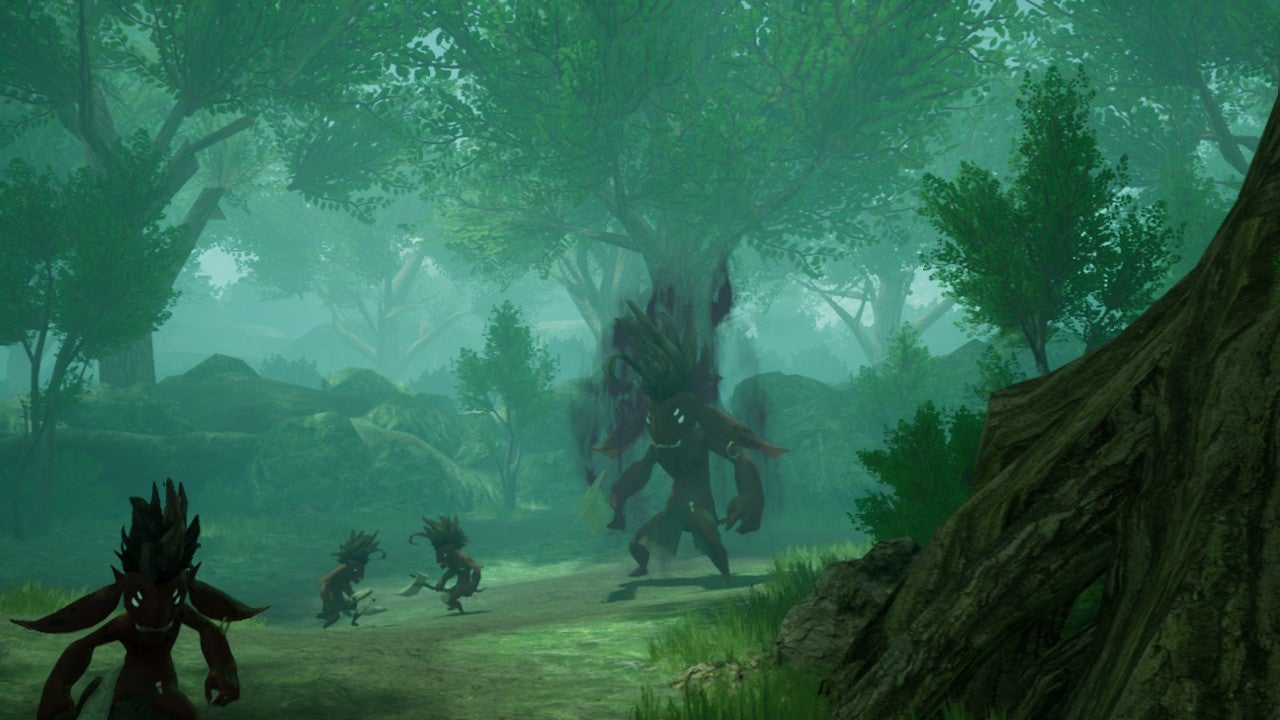
One of the greatest features in Harvestella is its dungeons. Each dungeon has a unique appearance with distinct enemies. Though you likely won’t get through an entire dungeon in one run, the game is set up so that you can make permanent progression each run. There are checkpoints you can unlock throughout that you can teleport back to. Additionally, you can build bridges and ladders to create shortcuts for yourself throughout the dungeons, ensuring that you’ll get further the next time you return.
The dungeons also contain enemies known as FEAR, which you must strategically navigate around and avoid. Furthermore, the developers threw in some quirky random events that you can choose to do, such as digging in a pile of stones for a cool item or tasting a weird mushroom to test out its effects. These factors combined make each dungeon engaging throughout.
Bosses

Each boss in Harvestella has a unique and interesting story behind it. Even better, the bosses in this game pose an unexpected challenge, especially considering how the game was marketed. Each has a different set of moves and weaknesses, so you’ll need to be strategic about which team and jobs you use to defeat them.
The battles are difficult enough that they require strategy, but doable enough that you will not get stuck on one for too long. Furthermore, grinding is not required to beat any of them, assuming you thoroughly explore the dungeons and complete side quests.
Farming

At first, farming appears extremely basic—perhaps borderline disappointing. You start with a rather small patch of land, and you cannot break all the rocks on it. Farming begins as simply buying seeds, then planting, watering, harvesting, and selling the crops. You repeat this process quite a few times before farming really picks up.
As you progress through the game, farming becomes much more involved with animal pens, seasonal crops, larger plots of land, and machines that can turn certain crops into other foods, spices, jams, animal feed, and more. You’ll unlock plenty of new abilities to make your farming experience quicker and more efficient as well.
Crafting
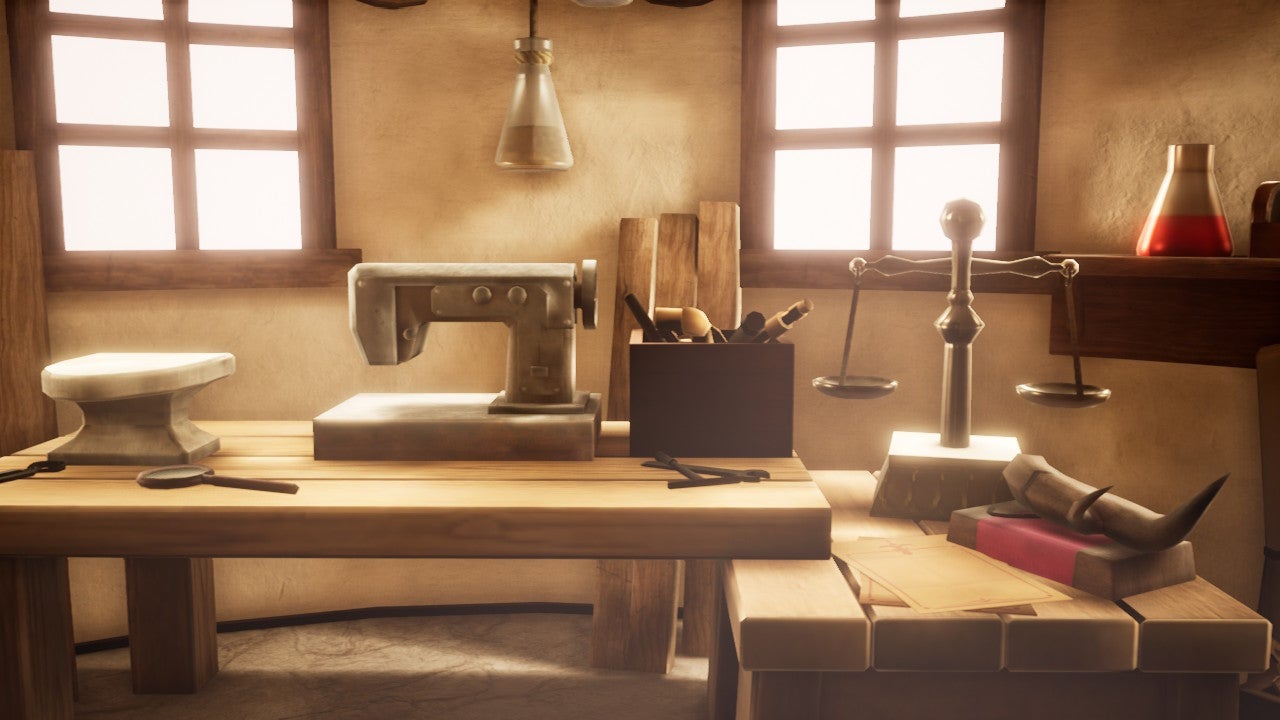
Unfortunately, there is nothing unique about Harvestella’s crafting system. You collect resources by exploring the dungeons, and you can return home and craft items with these resources at a crafting table in your house. You can craft items to aid you during exploration or machines to enhance your farming abilities. Each item requires a different amount of time to craft, so you’ll need to plan for how much time in a day you want to spend on crafting. Luckily, the game jumps ahead however much time is required for crafting each item rather than making you wait for it to be finished.
Cooking

Like crafting, cooking in Harvestella is straightforward. You can get numerous benefits from cooking different meals, such as a boost to your HP, Stamina, Physical Attack, and more. You’ll need to cook meals to tackle dungeons and bosses, and you’ll need to rely mostly on farming and exploration to get the ingredients for these meals.
One unique perk that Harvestella adds to its cooking component is rewards for helping the townsfolk with their menus. If you cook the meals required and bring them in, you can earn useful items as rewards.
A Slow-Burning But Epic Story

Sticking with the general theme so far, Harvestella’s story also takes a bit to pick up. At the beginning of the game, you learn that the world is governed by four giant crystals known as the Seaslights. These Seaslights control the seasons, and at the end of each season, something known as “Quietus” happens, which kills all the crops and infects anyone who goes outside during it.
However, your character is an exception to this, though you have no idea why. Your character suffers from amnesia, so there is essentially no background information given. The mayor and doctor in Lethe take you in, set you up in a shack outside of town, and show you how to become a productive citizen. One of the first major tasks of the game is to investigate what’s happening with the Seaslights, which have begun acting up right before you turned up.
However, quite a while goes by before you really understand anything about the Seaslights. It isn’t until chapter four that you really get a sense of what’s going on in the big picture, and this is a huge turning point in the plot. While this can be a drawback, it also ends up being worth the wait if you progress far enough.
Dialogue

That said, the dialogue options in Harvestella are essentially pointless. The majority of the time, you get two options that either mean the same thing, or they will lead to the same outcome no matter what you say. This results in the dialogue options feeling strictly like a chore, greatly slowing the pace of the game when instead, they could have included a main character who simply spoke for themselves.
Character Creation
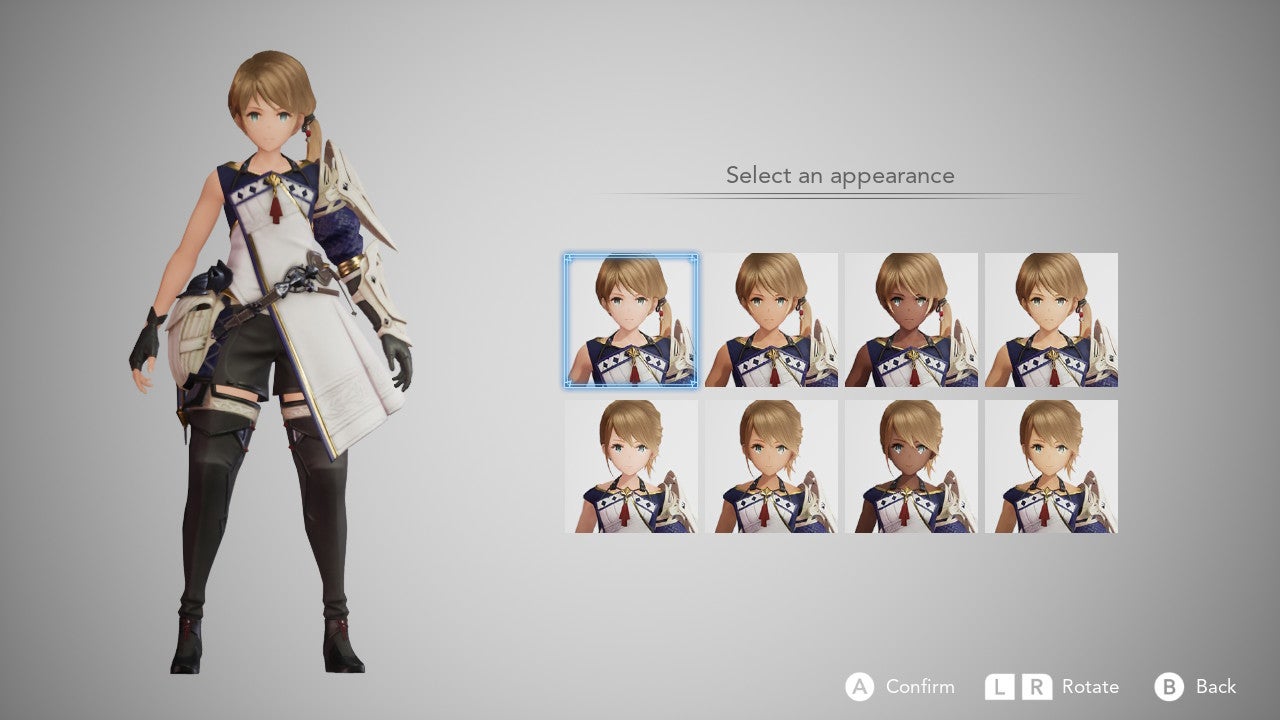
If you were hoping to create your own character and have customizable options, this will not be the game for you. Harvestella offers almost no options for customizing your character aside from gender and minimal hairstyle choices. Coupled with dialogue options that have no impact, this makes the main character feel like a shell of a person who is very removed from you as a player. This hit to the role-playing element is one of Harvestella’s weakest points.
Character Development

Fortunately, the other characters in Harvestella bring some good qualities to the table. Each of the main characters have a distinct, unique personality and appearance. Furthermore, Harvestella does a good job at slowly but surely developing their backstories and your relationships with these characters. Even the side characters often have memorable personalities and dialogue. So while you can’t rely on feeling any sort of connection to your own character, most of the others are endearing in their own ways.
Side Quests
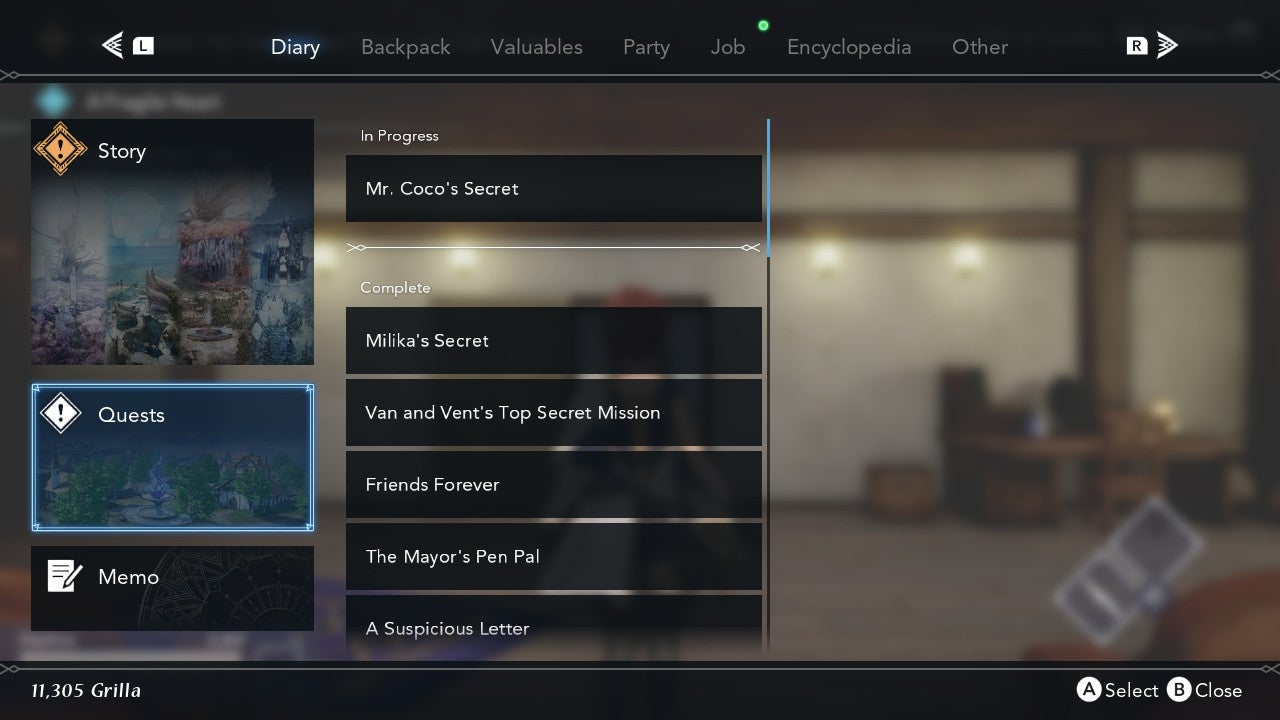
Harvestella’s side quests were a solid combination of interesting and amusing but also tedious and unnecessary. On the one hand, some of the stories told were easy to get invested in—especially when later in the game there will be a second or even third side quest continuing an earlier story surrounding the same characters.
But Harvestella falls victim to the classic “run-and-fetch” errands that many games include. You will constantly be running back and forth between one place and another. Even worse, you will be forced to run just a few feet between conversations that take place, adding completely unnecessary load times that could have been easily avoided.
Side quests are luckily easy to highlight in your quest log. They are also all marked on the map, so you don’t need to wander around aimlessly to complete them or search for items that people want you to collect.
A Scenic Masterpiece
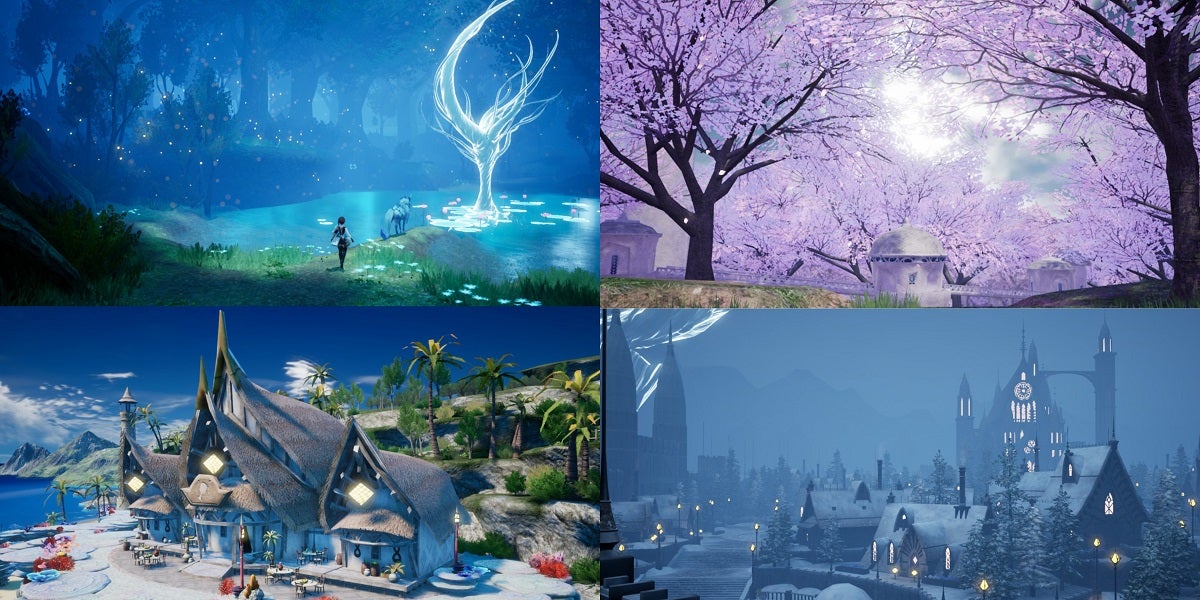
While the graphics in Harvestella aren’t necessarily anything to write home about, Square Enix manages to make the environments breathtaking despite this disadvantage. The towns and landscapes in Harvestella are some of the most attractive in modern gaming. This, coupled with a fitting and relaxing musical soundtrack, gives Harvestella a relaxing vibe.
Despite its focus on combat—and even with the inclusion of some difficult boss battles—the aesthetics of the game make it feel more like an epic bedtime story. The aesthetics work fantastically in combination with the Harvestella’s heavy focus on story and dialogue, making the game’s general vibe one of its strongest points.
Technical Notes

On the Nintendo Switch version of Harvestella, load times were minimal, and there weren’t any noticeable bugs. The framerate sits at 30 FPS, and while this is on the lower end, it doesn’t have much of an impact in Harvestella—especially since there is not an online component. Every once in a while, the FPS will drop slightly when playing on the handheld rather than the docked version of the Switch. However, this did not happen nearly enough to disrupt the gameplay to a noteworthy extent.
Author Conclusion
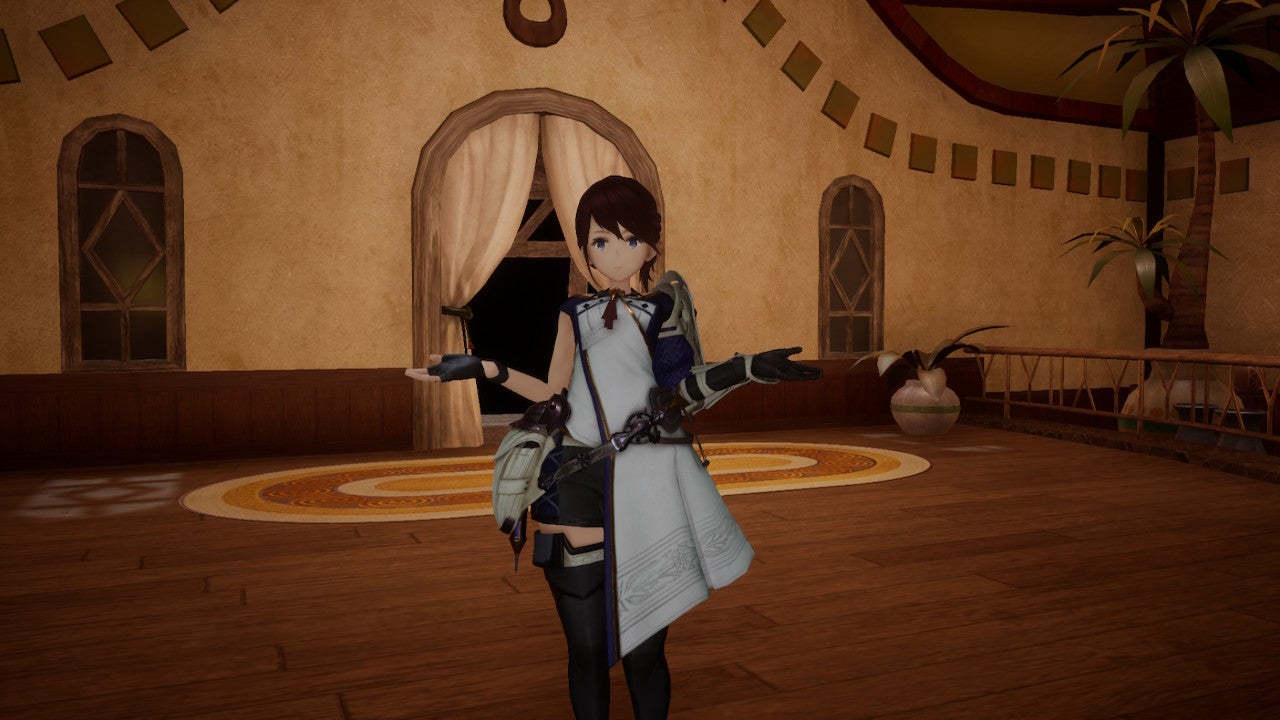
If you know you’re someone who needs to be hooked immediately to enjoy a game, Harvestella probably isn’t for you. Similarly, if you planned to play this game strictly for the life and farm sim elements and were hoping the combat was minimal, I wouldn’t recommend this one for you either. However, for those who are into classic JRPGs and have an appreciation for (or can tolerate) some farming and life sim elements, this one is worth checking out.
Harvestella is a bit of a late bloomer in that each of the game’s components take a while to become engaging. But once they do, Harvestella hits much more of its marks than it misses, making the game an enjoyable and worthwhile experience. Considering this, along with a 50-60 hour minimum gameplay time, Harvestella is worth its $60 price tag.


